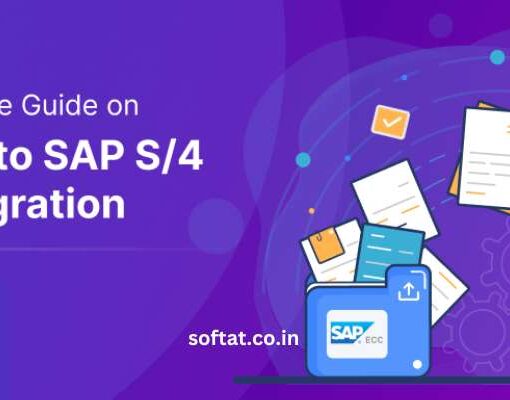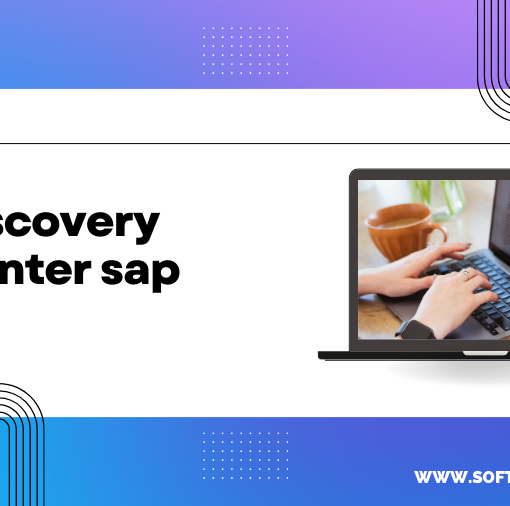The transition to SAP S/4HANA marks a pivotal moment for businesses seeking to streamline their operations and harness the power of next-generation enterprise resource planning (ERP) systems. As an SAP consultant, guiding organizations through a successful SAP S4HANA implementation is a valuable and rewarding endeavor. In this comprehensive guide, we’ll walk you through the key steps and best practices for SAP S4HANA implementation.
Before embarking on an implementation project, it’s crucial to have a deep understanding of SAP S/4HANA. Familiarize yourself with its architecture, features, and capabilities. SAP offers various resources, including documentation and online courses, to help you gain this knowledge.
2. Assess Current Systems and Business Processes:
Start by evaluating the client’s existing systems and business processes. Identify areas that need improvement or optimization. This assessment will serve as the foundation for your implementation plan.
3. Define Objectives and Scope:
Work closely with the client to define clear objectives and the scope of the SAP S/4HANA implementation. Determine which modules and functionalities will be implemented, and establish measurable goals for the project.
4. Build a Competent Team:
Assemble a team of skilled professionals, including project managers, business analysts, developers, and quality assurance experts. Ensure that each team member is well-versed in SAP S/4HANA and has relevant experience.
5. Develop a Comprehensive Project Plan:
Create a detailed project plan that outlines the timeline, milestones, and tasks required for the implementation. Identify potential risks and mitigation strategies. Make sure the plan aligns with the client’s objectives and budget.
6. Data Migration and Cleansing:
Data migration is a critical phase of any ERP implementation. Identify data sources, map data to the new system, and ensure data quality and integrity. Develop a robust data migration strategy and conduct thorough testing to validate data accuracy.
7. Configure SAP S/4HANA:
Customize SAP S/4HANA to meet the client’s specific business requirements. Configure modules, define workflows, and tailor the system to optimize business processes. Ensure that configurations align with industry best practices.
8. Integration and Testing:
Integrate SAP S/4HANA with other systems, such as CRM, supply chain, and HR systems. Rigorously test all integrations to ensure seamless data flow and functionality. Conduct unit testing, system testing, and user acceptance testing (UAT).
9. Training and Change Management:
Provide comprehensive training to end-users and stakeholders. Create user documentation and conduct training sessions to familiarize users with the new system. Implement change management strategies to facilitate a smooth transition.
10. Go-Live and Support:
When the system is ready, plan the go-live date. Monitor the system closely during the initial days to address any issues promptly. Provide ongoing support and maintenance to ensure system stability and user satisfaction.
11. Continuous Improvement:
Encourage the client to adopt a mindset of continuous improvement. Regularly assess system performance and gather user feedback to identify opportunities for enhancements and optimizations.
12. Documentation and Knowledge Transfer:
Document the entire implementation process, including configurations, customizations, and best practices. Transfer knowledge to the client’s internal IT team to empower them to manage the system effectively.
13. Stay Informed:
SAP S/4HANA is continuously evolving. Stay informed about updates, patches, and new features to help clients leverage the full potential of the system.
Conclusion: The Road to SAP S/4HANA Success
SAP S/4HANA implementation is a complex journey that demands meticulous planning, technical expertise, and a deep understanding of business processes. As an SAP consultant, your role is pivotal in guiding organizations toward a successful transition. By following this comprehensive guide and adhering to best practices, you can help your clients realize the benefits of SAP S/4HANA, including improved efficiency, data visibility, and agility in an ever-changing business landscape.





